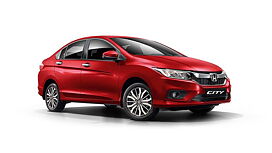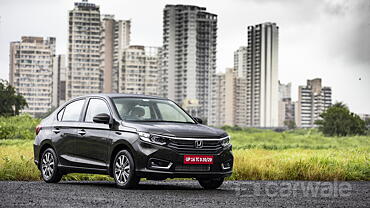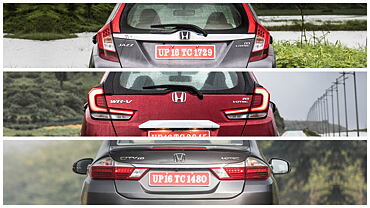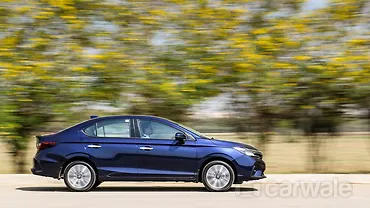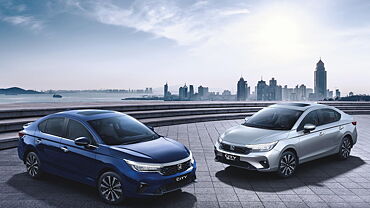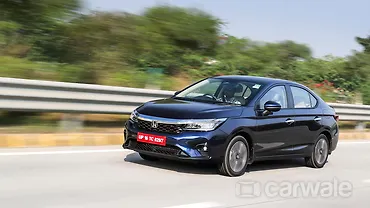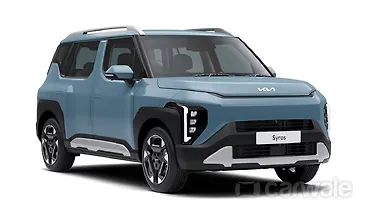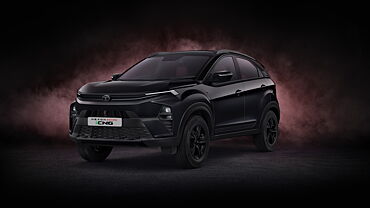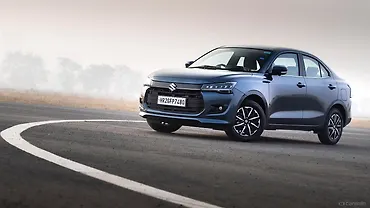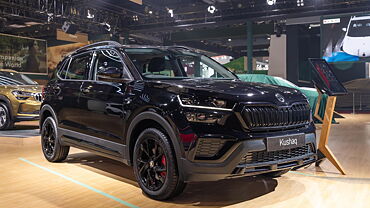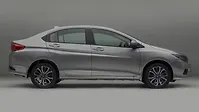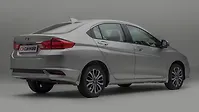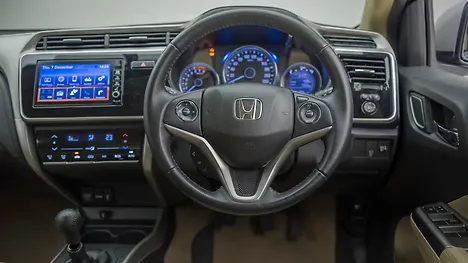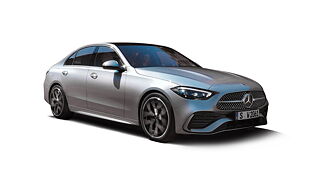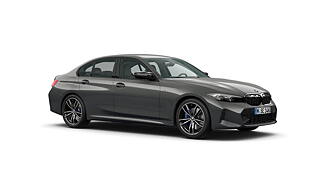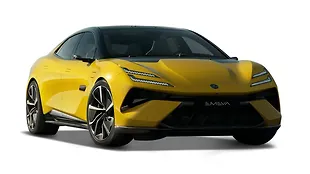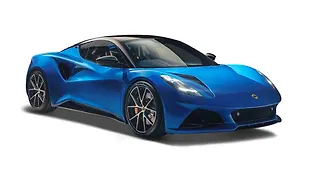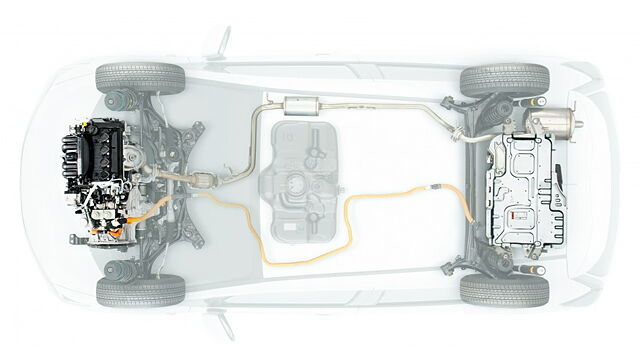
Why hybrid cars?
The dream of all cars being powered exclusively by electricity is still some time away - mostly because battery technology has not reached a stage where their recharge times is similar to the time it takes to fill up a tank of fuel. Till then, the hybrid propulsion system promises the best combination of performance, fuel efficiency and low emissions. Let’s take a brief look at the types of hybrid powertrains and their advantages.
In the most simple form, a hybrid car utilises two different propulsion systems, most importantly this is not to be confused with bi-fuel systems. Both the systems should be able to move the car independently of each other for it to be called a hybrid car, though some marketing geniuses have used loopholes in this description to add electric-assisted systems to this group of cars too.
So, depending on one’s viewpoint there are two or three types of hybrid cars: 1) Strong hybrids, 2) Plug-in hybrids and, just because they are popular, 3) Mild hybrids.
Strong hybrid cars
When a car has two propulsion systems, usually an internal combustion engine (ICE) and one or more electric motors, both capable of powering the car independently of each other - they are known as strong hybrid cars.

These cars utilise the advantages provided by each of the propulsion systems for improved mileage and low emissions. In the most common hybrid setup - a petrol engine paired to an electric motor. Depending on the design, strong hybrid cars can: 1) use both types of propulsion systems independently and thus are called parallel hybrids, 2) use both the systems at the same time and be called series hybrids, 3) or use a combination of both the previous systems. Most strong hybrid systems today are of the third type.
In EV mode, the electric motor’s ability to efficiently work at low speeds and torquey nature is used to move the car from a standstill to higher speeds. In Hybrid mode, both the electric motor and petrol engine are utilised, where the electric motor kicks in to provide instant torque and the petrol engine maintains momentum while also recharging the batteries. At higher speeds, the engine-only mode is used as the internal combustion engine is more efficient.

This setup offers more range and pollutes less than a petrol ICE-only setup and can be tuned to be more performance-oriented too while offering similar or better mileage.
Plug-in hybrid cars
Strong hybrid cars tend to have smaller batteries, as they are easier and faster to recharge. But if one needs a bigger electric-only range, say because they live in an area where ICE cars are taxed more or you care more about the environment, plug-in hybrid cars are a good alternative.

Plug-in hybrid cars can be charged from an external electric source just like an all-electric car. The batteries can be made larger and thus offer more electric-only range, reducing the dependency on fossil fuels. But, unlike strong hybrid cars, the batteries in plug-in hybrid cars cannot be fully recharged by the engine - which could lead to some range anxiety. The rest of the hybrid mechanism is no different than in a strong hybrid car.
Here’s a quick breakdown of how plug-in hybrids differ from strong hybrids:
| Feature | Strong hybrid | Plug-in hybrid |
| Engine Auto Start-Stop system | Yes | Yes |
| Regenerative braking | Yes | Yes |
| Electric motor torque assist | Yes | Yes |
| EV Mode | Yes | Yes |
| Electric A/C compressor (can operate A/C on battery power alone) | Yes | Yes |
| Electric Servo braking (car is slowed down by using motor as generator) | Yes | Yes |
| Externally rechargeable | No | Yes |
Mild hybrid cars
In these cars, the starter motor for the ICE is replaced with an electric motor and connected to a very small secondary battery. The electric motor not only helps start the engine smoothly and quickly but also provides a bit of boost at low speeds to help reduce the load on the engine. The secondary battery is recharged by the electric motor when it is not used to startup or provide a boost to the engine. The electric motor and secondary battery cannot power the car independently of the petrol/diesel engine - so technically these cars cannot be called hybrid cars.
Here’s a simple breakdown of the differences between mild-hybrids and strong hybrids:
| Feature | Mild hybrid | Strong hybrid |
| Engine Auto Start-Stop system | Yes | Yes |
| Regenerative braking | Yes | Yes |
| Electric motor torque assist | Yes | Yes |
| EV Mode | No | Yes |
| Electric A/C compressor (can operate A/C on battery power alone) | No | Yes |
| Electric Servo braking (car is slowed down by using motor as generator) | No | Yes |
| Externally rechargeable | No | No |
Regenerative braking
One of the more important technologies used by hybrid cars is regenerative braking - utilising energy that would otherwise be lost as heat (due to friction as the brake pads interact with the brake disc) to instead charge the batteries.

The same electric motors, which usually are used to move the car, act as generators when in regenerative mode - both slowing the car down as well as recharging the batteries. This improves mileage greatly as it reduces the need to fire up the engine to recharge batteries as often. A second positive by-product of this technology is that brake pads and brake discs last longer - which reduces maintenance costs.
Till electric cars become commonplace, hybrid cars - using one of the three architectures mentioned above - are expected to become more popular. There are exciting times ahead!
